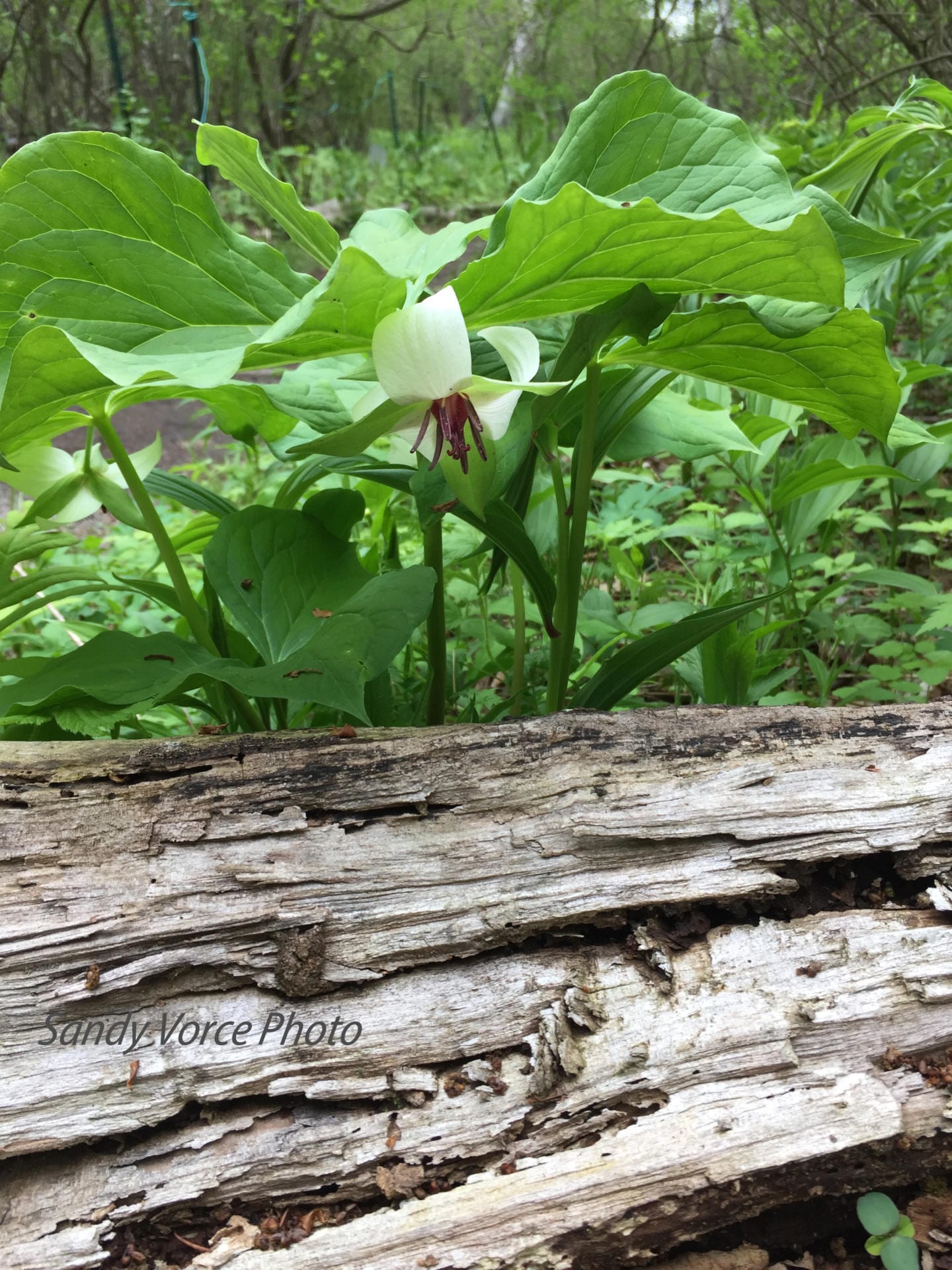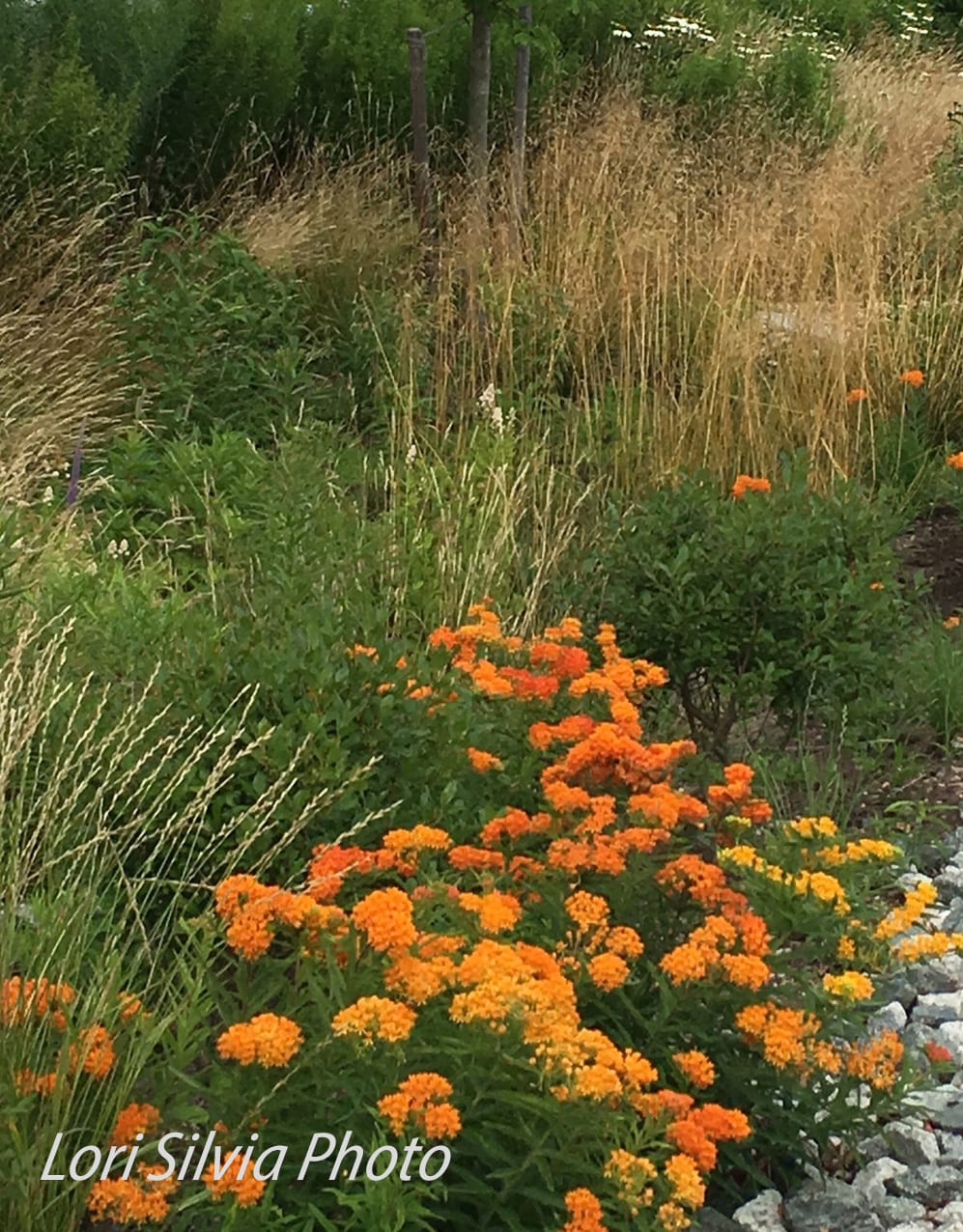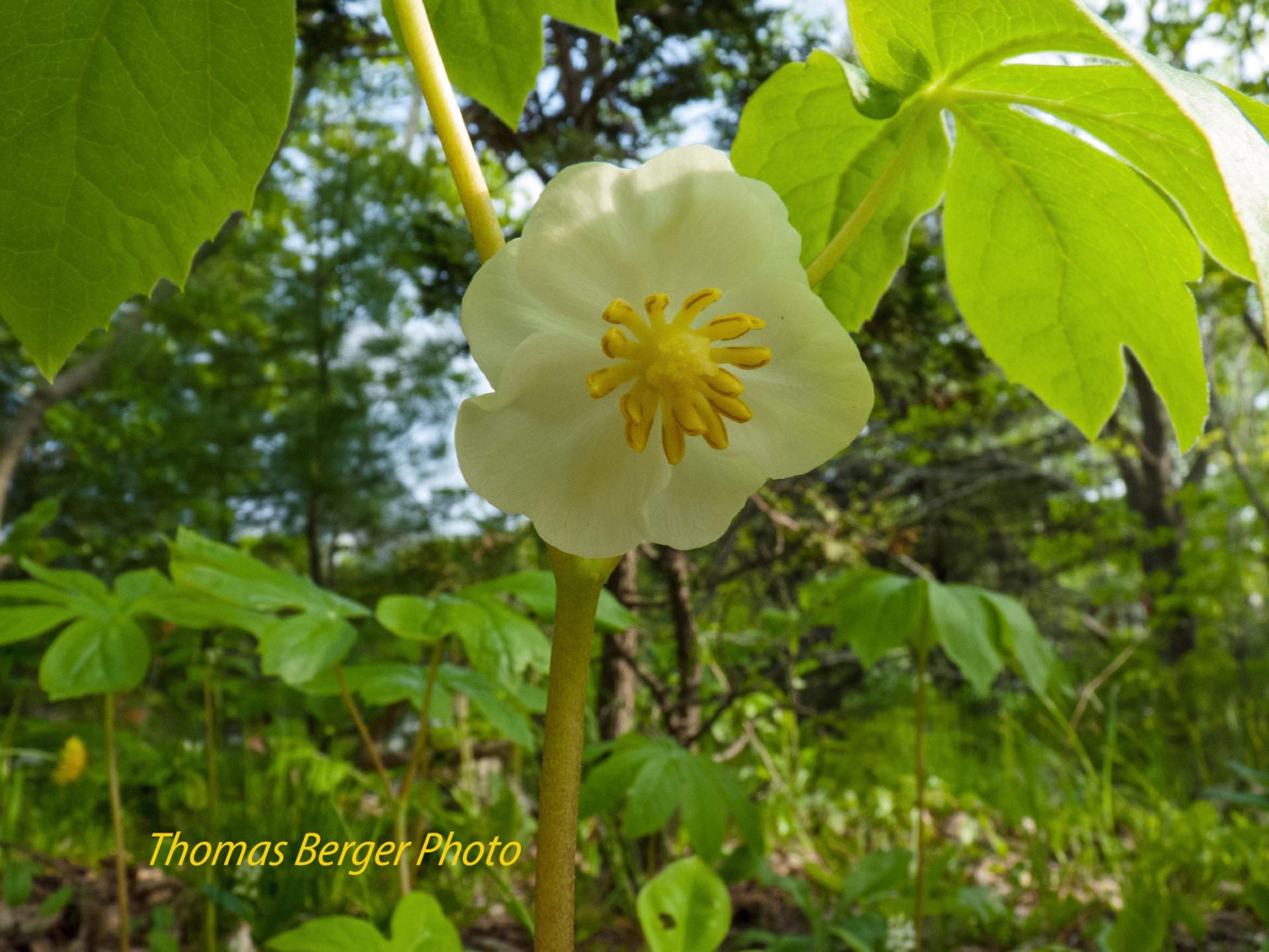by Kate Hartnett, Mary Tebo, and Marilyn Wyzga
This article first appeared in the Winter 2009 issue of The Ecological Landscaper, the newsletter of the Ecological Landscape Alliance.

Ecological landscapes consider the landscape in its entirety, tapping into natural systems that cycle nutrients, water, air.
As evidence of extreme weather and ecological stress become more obvious, ELA’s mission to “promote the design, installation and maintenance of landscapes that are guided by a knowledge of and respect for natural ecosystems” becomes more relevant. People are becoming more motivated to change their ways. But, how can we sort through the complexity of information coming at us, to understand and effectively work with that complexity in managed landscapes? We can take our cues from a system that evolved over 3,500 million years, and “follow nature’s lead” to create energy efficient, ecologically diverse, environmentally healthy, and aesthetically pleasing landscapes for municipal, residential, and commercial settings.
“Following nature’s lead” allows us to beneficially tap into the energy flow that influences everything from climate to built landscapes to wildlife habitat and movement.
Landscaping in Context
Although many clients may think of landscapes and gardens as their own, they are part of a larger regional environment. How often do your clients recognize the landscaping around homes, businesses, schools, and community centers as more than just planting flowers, shrubs, and trees and moving soil and rocks? Much landscaping, informed primarily by aesthetics, significantly alters ecological function and services of the local ecosystem, the region, and all who share in its future, including ourselves. Landscaping in context, that follows nature’s lead, protects the existing ecological service that:
- Reduce stormwater runoff, recharge groundwater, and purify surface water
- Moderate side conditions (shade and breeze in summer, sun and light in winter)
- Purify air
- Make food and fiber
- Pollinate and disperse seeds
- Control insect populations
- Take up and sequester carbon
- Decompose wastes
- Screen views and reduce noise
As we begin to see ourselves and our landscapes as part of the natural world instead of separate from it, we can begin to make the kinds of choices that support native ecosystems and maintain the look and feel of our home settings.
A New Manual on Integrated Landscaping: A Holistic Approach
Most landscape manuals address the functional, aesthetic, and budgetary goals of property owners by describing a linear sequence of processes: design, plant selection, installation, and ongoing maintenance. Integrated Landscaping: Following Nature’s Lead takes a nonlinear, holistic approach to these recognized practices, using natural ecosystems as models, by studying the fundamental processes of nature and applying them to the landscapes we create around our homes, workplaces, and public spaces. The principles inherent in natural systems serve as both a framework and a justification for mimicking nature in our landscaping practices.
- Diverse forms of life live and work together independently. In natural systems, plants are always found living together with animals.
- Soils are covered and protected from the impacts of excessive wind, sun, and rain. In natural systems, soils are typically covered and protected with layers of vegetation serving as the first line of defense, beginning with the tallest canopy of overstory trees, followed by shrubs, herbs, and groundcovers.
- Rainfall is filtered, conserved, and available when needed. Natural systems allow rainwater, already reduced to fine sprays by multiple canopy layers, to sink slowly into the ground. After being transformed into thin films of water by the litter layers, water moves through the topsoil.
- Soil organisms are fed by the cycling and recycling of nutrients. In natural systems, a great variety of decomposing organisms consume organic matter as food source, leaving behind humus, the stable remnant (due to its chemical composition and chemical bonds) of decaying organic material.
- Humus holds fertility reserves within the upper layers of the soil. In the Northeast, plant litter doesn’t accumulate but decomposes quickly with the help of numerous decomposers.
- Diversity builds over time, keeping plant pests and diseases in check. Natural systems sustain themselves as organisms live, grow, die, and decay together.
- Plants supply fresh air above and below the ground, as well as cool shade. Both fresh air and cool, moist soil promote growth of root systems and populations of microorganisms.
- The subsoil provides inorganic compounds required for living and nonliving processes. In undisturbed natural systems, subsoil lies below the upper layers of soil. Formed by the weathering of parent material, the subsoil provides inorganic compounds (mineral matter) to the soils and plants above.
- Natural systems are dynamic and will change over time. Natural systems undergo succession, the progressive change from one dominant plant community to another.
- Humans experience sensory, intellectual, emotional, and spiritual stimulation, opportunities for learning, and insights into the wonder of complex natural processes. Natural systems engage all our human senses.

Holistic practices produce integrated landscapes with a diverse system of plants rather than a collection of individual specimens.
The holistic practices used in Integrated Landscaping include working with “plant systems” rather than individual specimens. A plant system unites diverse plants (some combination of groundcovers, grasses, perennials, vines, shrubs, understory and overstory trees) and animals with nonliving components of the environment to interact and function as a whole. Because they mimic combinations found together in nature, the plant systems of integrated landscapes can:
- Offer year-round habitat and food for wildlife
- Provide a variety of aesthetic landscape qualities
- Enhance local character
- Resist pollution, pests, and drought
- Minimize maintenance
- Provide ecological services essential to human quality of life.
All of this helps soil regenerate, plants thrive, and wildlife flourish in real-world situations, while reducing energy inputs and saving money. By following nature’s lead, we also can discover additional aesthetic appreciation, recreational opportunities, intellectual stimulation, and a spiritual connection to the life support system of the beautiful planet.
About the Authors
Authored by Lauren Chase-Rowell, Katherine Hartnett, Mary Tebo Davis and Marilyn Wyzga, Integrated Landscaping: Following Nature’s Lead, was published by University of New Hampshire Cooperative Extension in partnership with NH Fish and Game Dept., NH Division of Forests and Lands and the USDA Forest Service. Revised and Expanded Edition, 2012.
***
Each author appearing herein retains original copyright. Right to reproduce or disseminate all material herein, including to Columbia University Library’s CAUSEWAY Project, is otherwise reserved by ELA. Please contact ELA for permission to reprint.
Mention of products is not intended to constitute endorsement. Opinions expressed in this newsletter article do not necessarily represent those of ELA’s directors, staff, or members.


